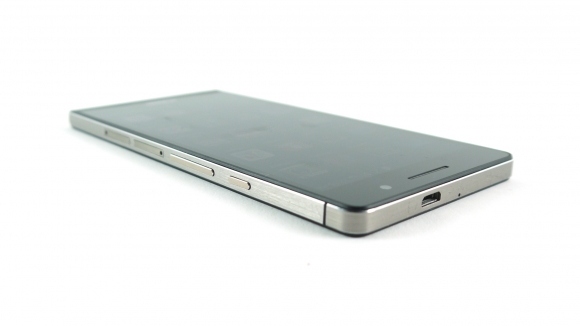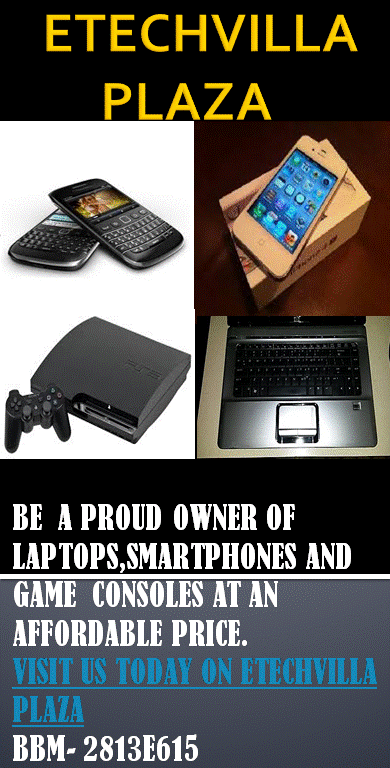 Every year hundreds of mobile commerce apps are being released for Android, iPhone, and BlackBerry devices. In developed markets, releasing such apps usually covers a large proportion of a brand’s target audience. There are various technologies that work behind the mobile commerce apps and company needs to decide which technology they should integrate that will work best for their app and users.
Every year hundreds of mobile commerce apps are being released for Android, iPhone, and BlackBerry devices. In developed markets, releasing such apps usually covers a large proportion of a brand’s target audience. There are various technologies that work behind the mobile commerce apps and company needs to decide which technology they should integrate that will work best for their app and users.
Mobile commerce technology is based on three protocols i.e. Wireless Access Protocol or WAP, SMS, and Unstructured Supplementary Service Data or USSD.The SIM Toolkit is used by many as it allows adding new functionality to the feature phones.
Wireless Access Protocol: WAP 2.0 uses XHTML for mobile Web access. Since 2004, it is available on most of the featured phones and after iPhone was launched most of the browsers of smartphonessupport HTML. This upgraded protocol makes the mobile experience closer to a laptop or desktop based Web experience.WAP user experience is closer to a basic mobile app; however, it does not provide access to features similar to a mobile app. Still, WAP is a good back-up plan for brands that have users without smartphones.
SMS: This is the oldest form of mobile commerce technologies and it is been widely used till date.They can successfully transmit one-way ‘push’ messages including offers, alerts, and other data to subscribers. They can also carry binary data making it a popular wireless delivery mechanism for downloads like encrypted messages, operator logos and ringtones. Besides, SMS supports two-way interactive messaging, which allows bank account holders to simply text “BAL” to a given short code or phone number for checking their account balance. The ease of use and ubiquity of SMS are its main advantages. All end-users can access them irrespective of the type of their mobile device or wireless carrier. However, the lack of encryption is one of its main drawbacks. Though some markets widely use MMS or Multimedia Messaging Service, mobile commerce segment hardly uses the technology. For one reason, it is expensive than SMS and it is difficult to control how the image will appear on the end-user’s device. MMS for bar code is an exception, though it is a niche use at present.

Unstructured Supplementary Service Data: Like SMS, USSD is also an old technology used in mobile commerce. However, it is available in limited markets like parts of India, Central America, Southeast Asia, Europe and Africa and that too just for external services.They are very popular in these markets. This mobile commerce technology establishes a real-time connection, unlike SMS, and actually allows session-based communications. It can even answer users’ queries and transmit push notifications and just like SMS, USSD is easy to use and is accessible from any mobile phone. USSD incorporates mobile PIN protection and secure password as it does not store sent messages on the device.
About
the Author
Ethan
Miller is a writing professional specialized in technical writing and an
admirer of augmented reality, especially 3D augmented reality. He is fascinated by the world of augmented reality including
various augmented reality IOS apps and augmented android apps and their effect
on ecommerce to enhance
customer experience.












